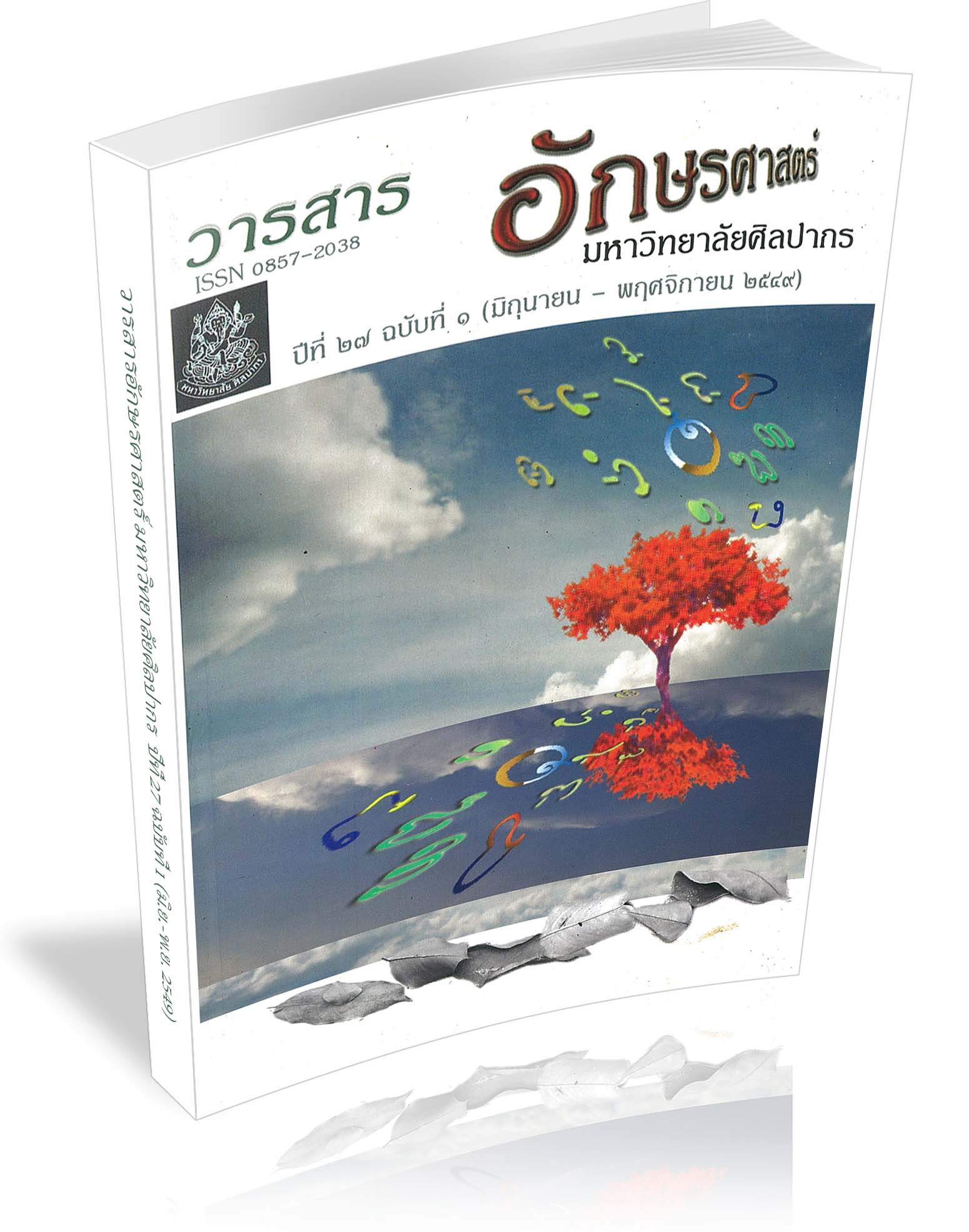Analysis of Climates in Asia
Keywords:
การวิเคราะห์ภูมิอากาศในทวีปเอเชียAbstract
Asia is surrounded by waters: the Artic Ocean in the North, the Pacific and the South China Sea in the East, the Indian Ocean in the South, and the Mediterranean Sea in the West. As a result, the areas along the coasts tend to have heavy rains, whereas the middle of Asia which covers a vast area receives a small amount of rain because it is blocked by mountains. The continent also displays great variations of latitudes. That is to say, the southern part of Asia is near the equator, but the northern part is of much higher latitude. This diversity exposes different parts of the continent to the different intensity of heat, making the continent have different climates.
Other factors, including the sca, the ocean, the locations, and the latitudes, also contribute to several distinct Asian climatic patterns. These patterns wil range from tropical, dry, warm, cold to icy climates. The sub-climatic patterns also exist in the climates above mentioned. Therefore, in order to identify a climatic pattern of a particular area in Asia, the data on temperatures and rainfalls recorded by Meteorological Stations are essentially needed to take into consideration in the analysis.
Downloads
References
ประเสริฐ วิทยารัฐ. ภูมิศาสตร์กายภาพประเทศไทย. กรุงเทพฯ : บริษัทพัฒนาคุณภาพวิชาการจำกัด ๒๕๔๕.
รีดเดอร์ ไดเจสท์. ภูมิทัศน์มหัศจรรย์โลก. กรุงเทพฯ : โรงพิมพ์รีดเดอร์ ไดเจสท์ ๒๕๔๒.
Blair, Thomas A. and Robert C. Fite. Weather Elements. Englewood Cliffs : Printic - Hall, Inc. 1965.
Haurwitz. Bemhard and James M. Austin. CLIMATOLOGY. McGraw - Hill Co. Inc. 1944.
Surahler, Arthur N. Physical Geography. Tokyo : Toppan Company, Ltd. 1965.
Downloads
Published
How to Cite
Issue
Section
License
ผู้เขียนบทความต้องยินยอมในข้อกำหนดต่าง ๆ ของวารสารก่อนส่งบทความตีพิมพ์




